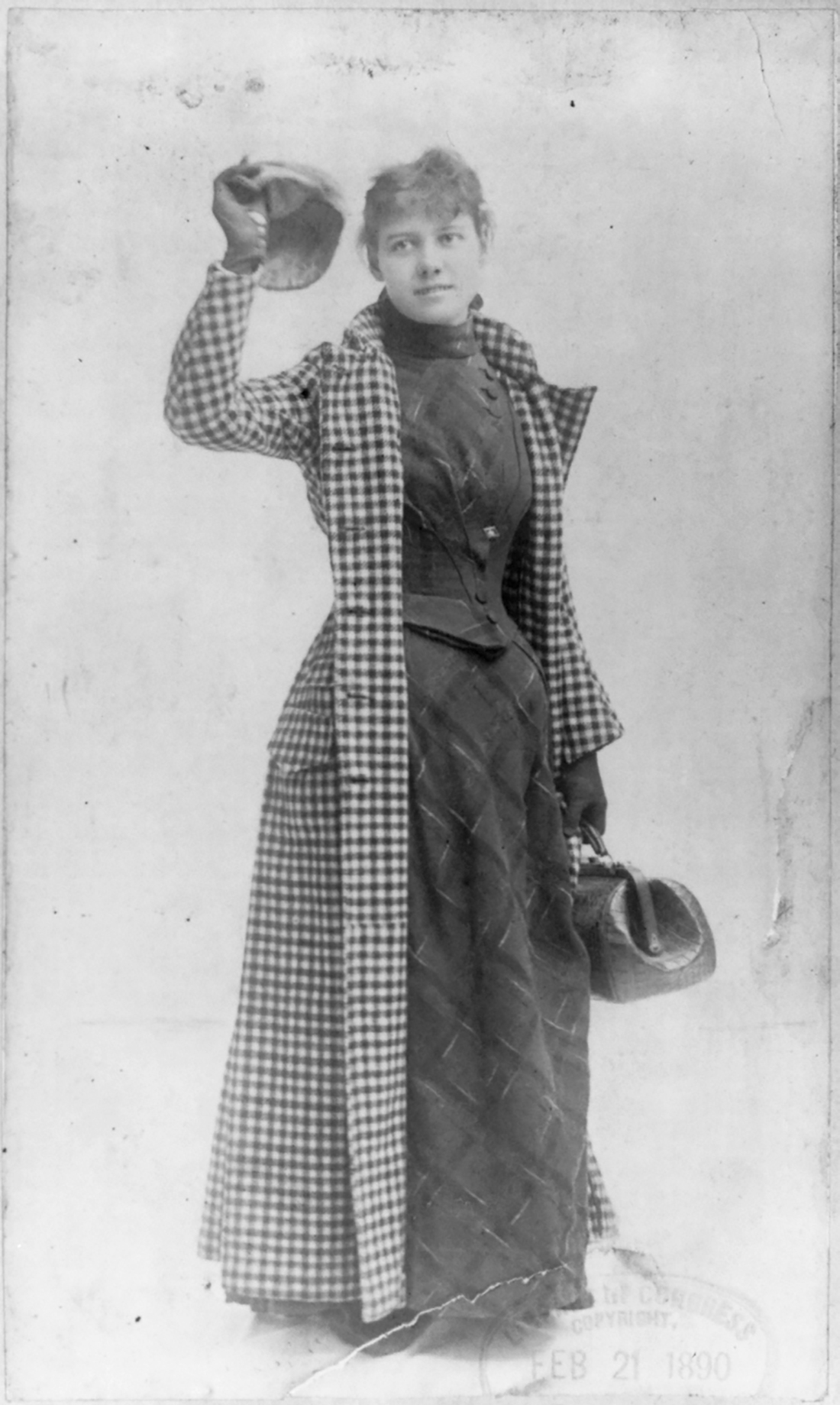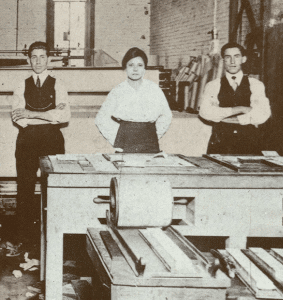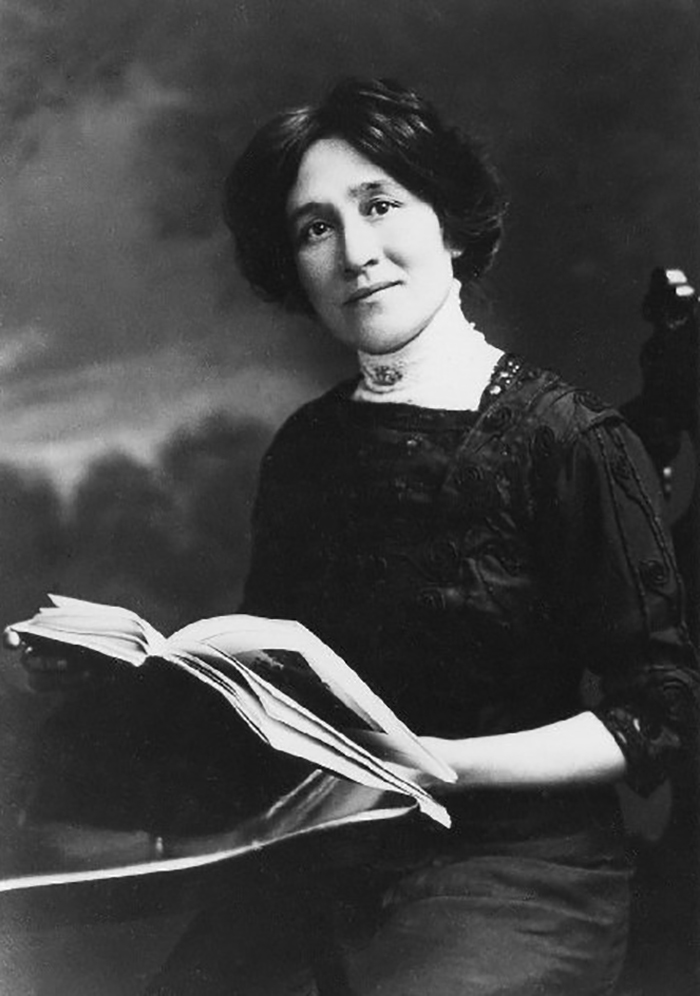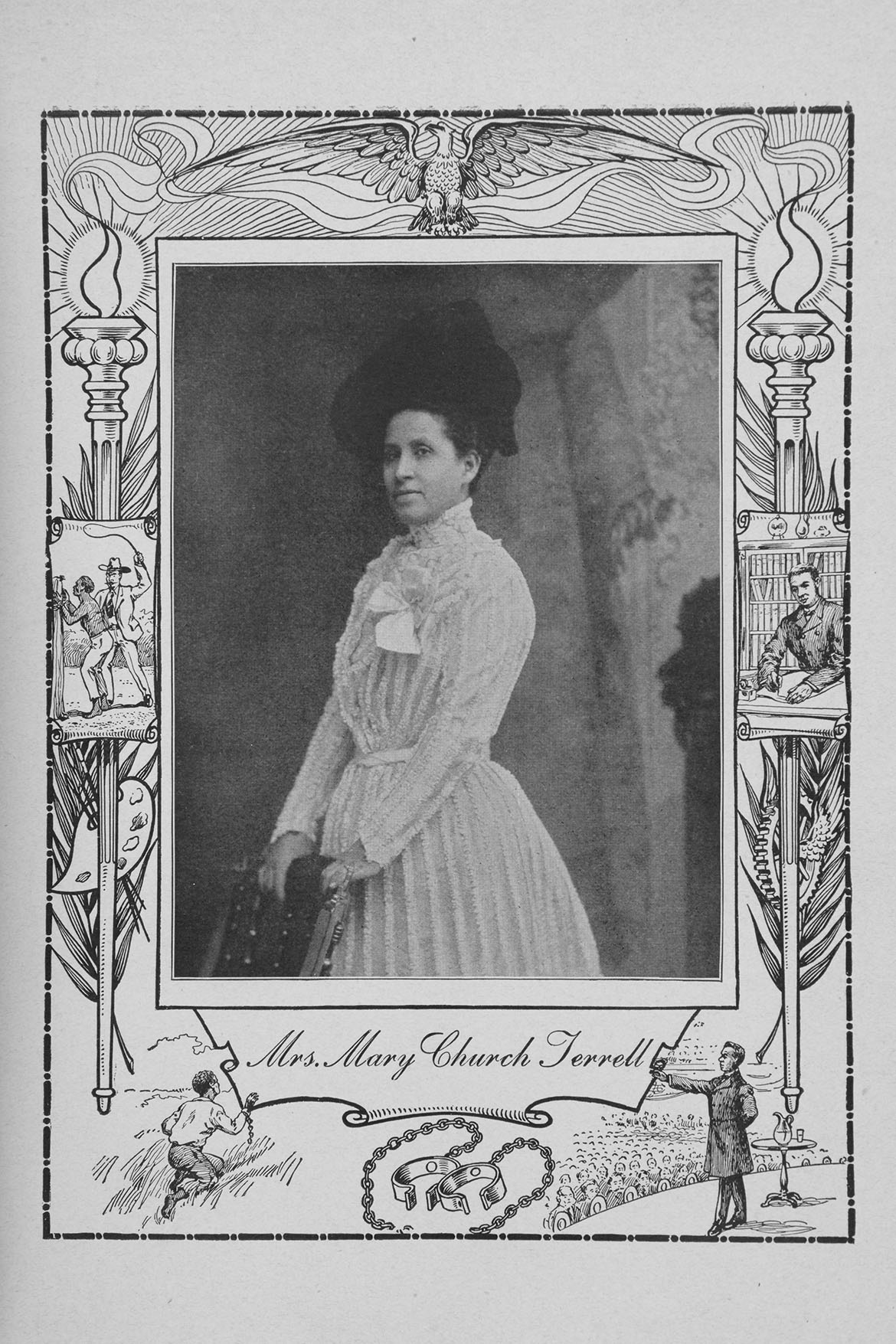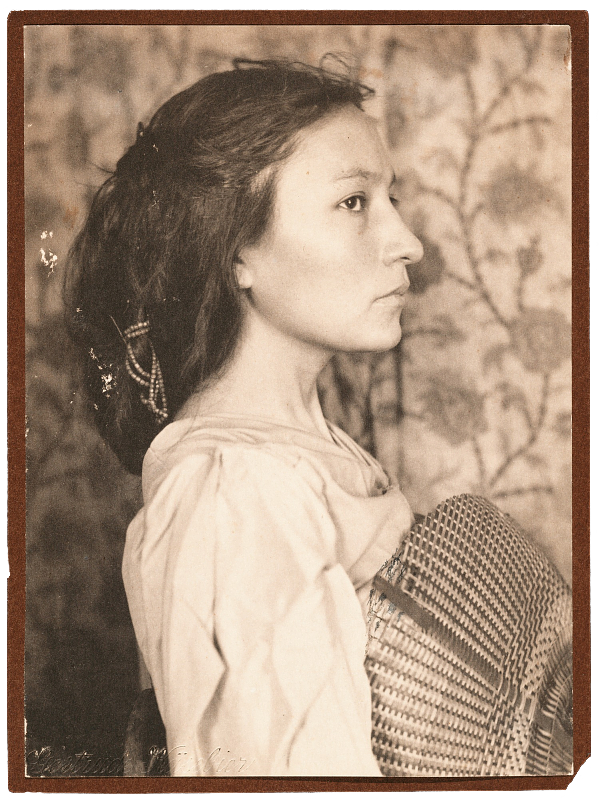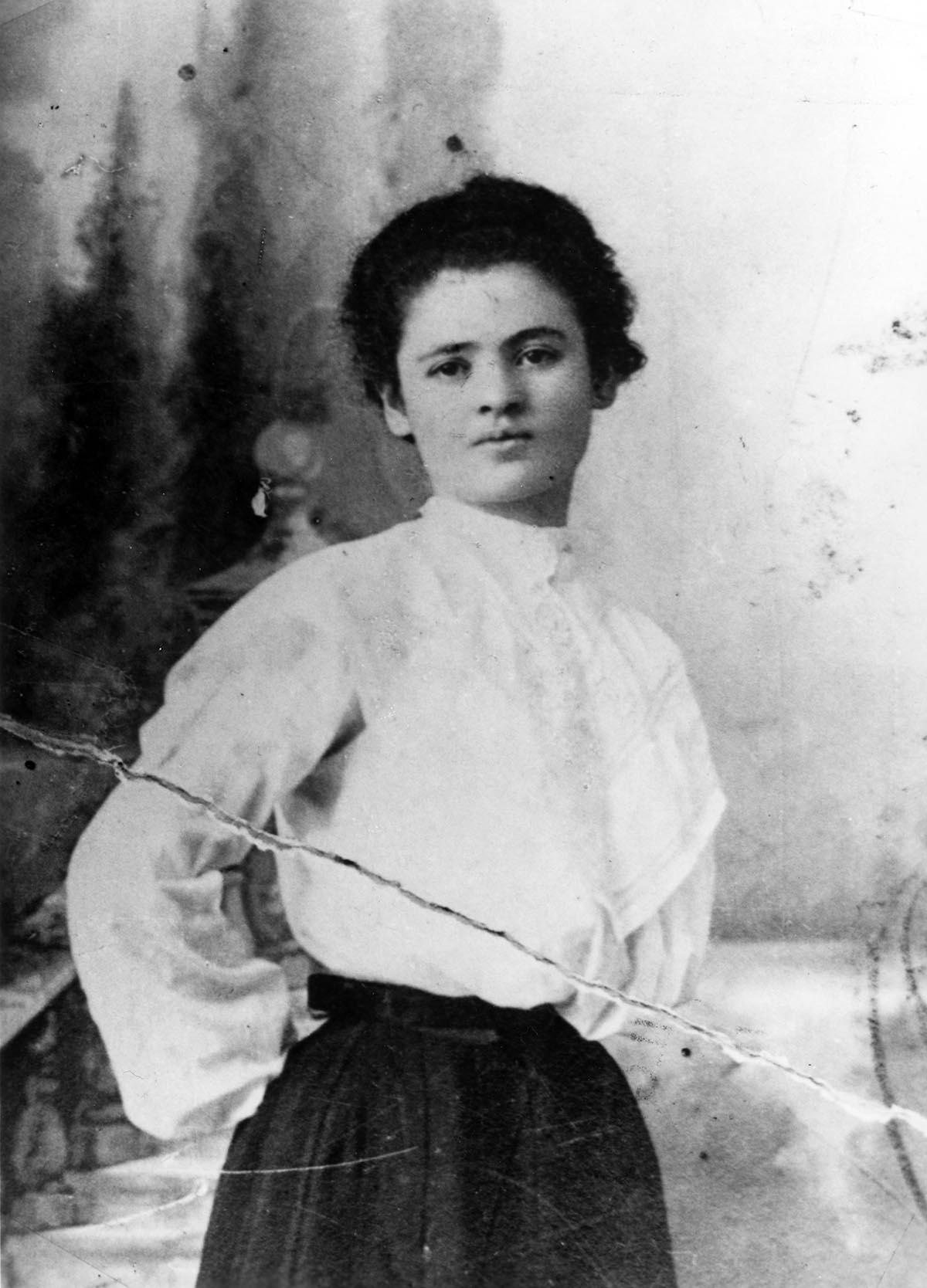Fighting For Social Reform
Fighting For Social Reform Key Ideas 1. The challenges of modern life lead to a new wave of social reform that was often led by women. 2. Social reformers came from almost every walk of life and included women from different backgrounds. 3. Activism provided many women with an opportunity to step out of traditional roles within the home and influence public life. Introduction Unknown photographer, Portrait of women shirtwaist strikers holding copies of “The Call.” A placard with Yiddish writing hands in the background, 1910, 1910. The Kheel Center for Labor-Management Documentation and Archives, Cornell University. Fighting for Social Reform The Progressive Era was a golden age of reform. Almost every aspect of modern life seemed to need improvement. Tenements and workplaces—often one in the same—were


